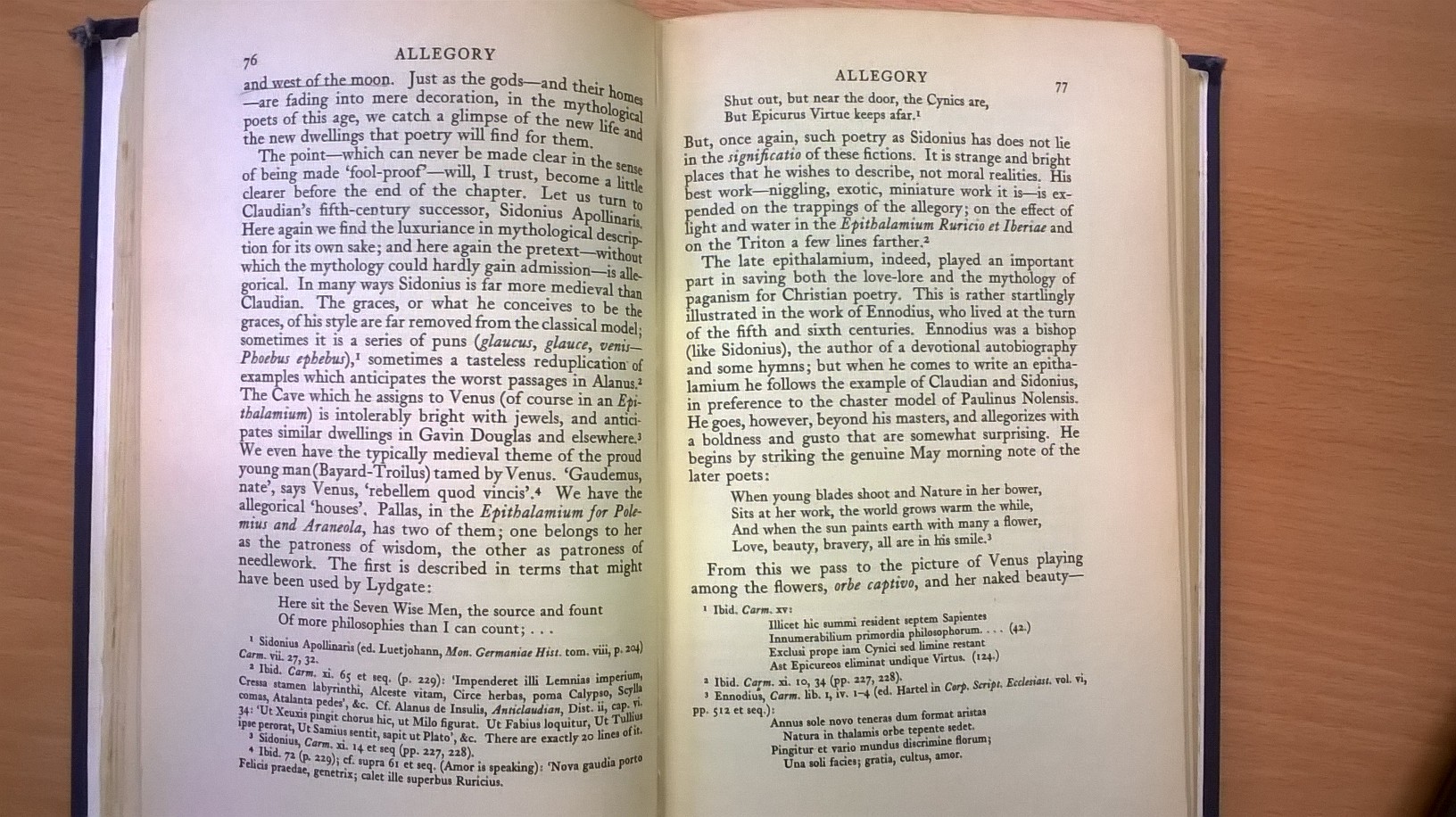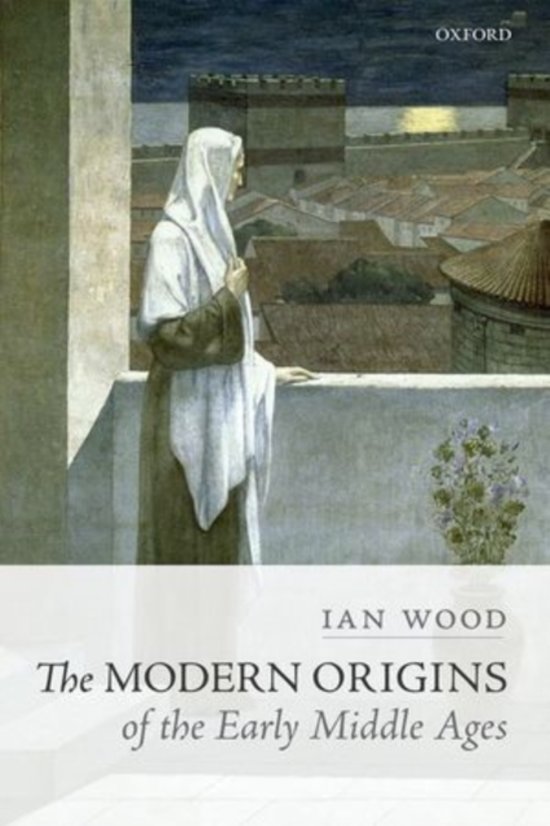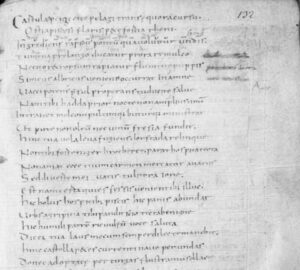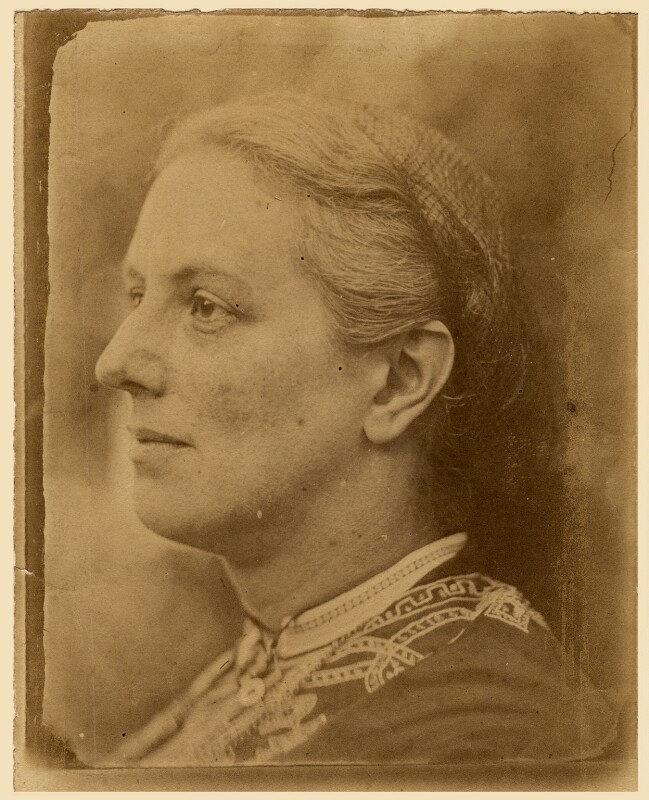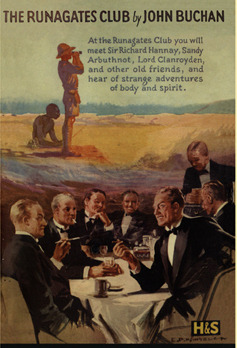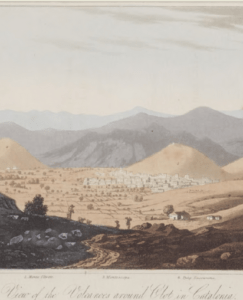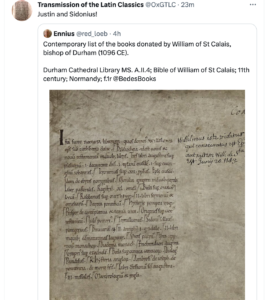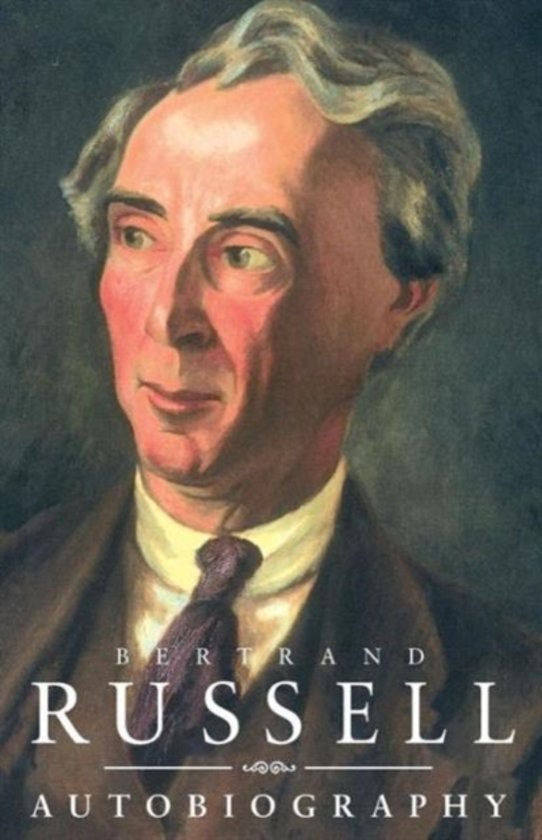Reception in the United Kingdom
Scholarship
Thomas Underdown, Ouid his inuectiue against Ibis. Translated into English méeter, whereunto is added by the translator, a short draught of all the stories and tales contayned therein, very pleasant to be read, London: Thomas East and Henry Middleton,1569.
In his headnote (p. Avii), Underdown cites Sidonius to explain the Ovid-Julia affair:
The cause of his banishment is vncertayn, but most men thinke, & I am of that opinion also, that it was for vsing too familiarly Iulia, Augustus his daughter, who of hir selfe too much enclined to lasciuiousnes, vnto whõ he wrote many wanton Elegies, vnder the name of Corinna, as Sidonius plainly affirmeth. “et te carmina per libidinosa / notum, Naso tener, Tomosque missum, / quondam Caesareae nimis puellae, / ficto nomine subditum Corinnae” [Carm. 23.158-61].
Edward Gibbon (1737-1794) mentions Sidonius repeatedly for his Decline and Fall (published 1776-1788). He famously levels this judgement on Sidonius’ style (ch. 36; vol. 3 p. 508 n. 2, cited from the edition in Everyman’s Library, repr. London 1993):
The prose of Sidonius, however vitiated by a false and affected taste, is much superior to his insipid verses
and keeps struggling with this issue (ch. 36; vol. 3 p. 467 n. 1, and p. 478, respectively):
This epistle [Ep. 2.13], with some indulgence, may claim the praise of an elegant composition
[…] but this composition [the Panegyric on Avitus], though it was rewarded with a brass statue, seems to contain a very moderate proportion either of genius or of truth. The poet, if we may degrade that sacred name, exaggerates […]
But he values Sidonius’ perceptive observations (ch. 36; vol. 3 p. 474):
[…] the original picture of a Gothic king [Theodoric in Ep. 2], whom Sidonius had intimately observed […]
and acknowledges the potential ‘the learned and eloquent Sidonius’ had for writing history (ch. 35; vol. 3 p. 439):
If the modesty of Sidonius had not discouraged him from the prosecution of this interesting work [the history of the war of Attila, cf. Ep. 8.14 and Carm. 7.319-28], the historian would have related with the simplicity of truth those memorable events to which the poet, in vague and doubtful metaphors, has concisely alluded.
Aged 52, Gibbon undertook to write Memoirs of My Life and Writings. In it, he refers to Sirmond’s Sidonius edition, which he used for his work (Miscellaneous Works, vol. 1 p. 88, cited from the edition by John Sheffield, London 1796):
I consummated my first labour [Essay on the Study of Literature] by a short preface, which is dated February 3d, 1759. Yet I still shrunk from the press with the terrors of virgin modesty: the manuscript was safely deposited in my desk; and as my attention was engaged by new objects, the delay might have been prolonged till I had fulfilled the precept of Horace, nonumque prematur in annum. Father Sirmond, a learned jesuit, was still more rigid, since he advised a young friend to expect the mature age of fifty, before he gave himself or his writings to the public […]. The counsel was singular; but it is still more singular that it should have been approved by the example of the author. Sirmond was himself fifty-five years of age when he published (in 1614) his first work, an edition of Sidonius Apollinaris, with many valuable annotations […].
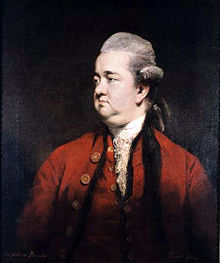
Thomas Hodgkin (1831-1913) translates eighteen letters and two poems in his Italy and her Invaders (1880-1899), aimed to illustrate Roman and barbarian life.
For a detailed list, refer to the Translations page of this site. Some of these translations were subsequently included in two American anthologies of Great Masterpieces.
Charles Bigg (1840-1908), Wayside Sketches in Ecclesiastical History: Nine Lectures with Notes and Preface, London: Longmans, 1906. On pp. 57-82, this Canon of Christ Church and Regius Professor of Ecclesiastical History in the University of Oxford presents a portrayal of Sidonius Apollinaris that is very revealing of its time.
C.S. Lewis (1898-1963), The Allegory of Love. A Study in Medieval Tradition, Oxford: Clarendon Press, 1936. A brief discussion of mythological description and allegory in Sidonius is to be found on pp. 76-77 (see right).
The Allegory of Love predates Lewis’s literary career as author of The Chronicles of Narnia, but is his major contribution as a medievalist (Fellow and Tutor in English Literature at Magdalen College, Cambridge University, and subsequently Professor Medieval and Renaissance Literature). (I am grateful to Dr Paul Barnaby for pointing this out to me.)
Ian Wood, The Modern Origins of the Early Middle Ages, Oxford: OUP, 2013. Ian Wood explores how modern Western Europeans have looked back to the Middle Ages and Late Antiquity to discover their origins and the origins of their society. These biases should be kept in mind when evaluating the reception of the period.
See review by Paul Fouracre, Reviews in History no 1650, and Ian Wood’s response.
Poetry and Fiction
Alcuin of York, c. 735-804, on his return from Rome c. 780, wrote a poem in the tradition of Sidonius’ Carmen 24, ‘Cartula, perge cito’, in which he sends off the poem begging it to greet his friends underway from Utrecht up the Rhine.
Read here
Charlotte Mary Yonge (1823-1901), ‘The Price of Blood’, in: More Bywords, London: Macmillan & Co., 1890. In this short story, Sidonius figures as bishop just after his return from exile.
Read here (facsimile British Library) or here (Gutenberg)
John Buchan (1875-1940), ‘The Wind in the Portico’, in: The Runagates Club, London: Hodder & Stoughton, 1928. ‘The Wind in the Portico’ is the tale of a visit by a classical scholar, Henry Nightingale, to an mysterious castle set in a park in Shropshire in order to collate a manuscript of Theocritus. The house is restored with the remains of a temple to Apollo. The owner of the house is oddly unsettled by talk of reconsecrating the shrine to Christianity, and his delving into ancient rituals leads to horrific consequences. Here Sidonius comes in:
‘I don’t know if you remember a passage in Sidonius Apollinaris,’ I said, ‘a formula for consecrating pagan altars to Christian uses. You begin by sacrificing a white cock or something suitable, and tell Apollo with all friendliness that the old dedication is off for the present. Then you have a Christian invocation–’ […] ‘Could you show me the passage? There is a good classical library here, collected by my great-grandfather. Unfortunately my scholarship is not equal to using it properly.’ I got up and hunted along the shelves, and presently found a copy of Sidonius, the Plantin edition of 1609. I turned up the passage, and roughly translated it for him.
Buchan, who graduated in classics in Oxford, made up the idea of a passage in Sidonius for deconsecrating pagan altars (there is only one innocent cock in his works, in his park at Avitacum, Ep. 2.2.14), but the Plantin edition of 1609 exists. It is the third edition of Jean Savaron’s text and commentary, ‘multis partibus auctior et emendatior’, published in Paris by Hadrianus Perrier.
Read the story here (Australian Gutenberg). For the Classics in Buchan, see Michael and Isobel Haslett, ‘Buchan and the Classics’, in: Kate Macdonald (ed.), Reassessing John Buchan: Beyond The Thirty-Nine Steps, London: Pickering & Chatto, 2009 (repr. Oxford: Routledge, 2016), pp. 17-28, p. 21 for Sidonius in particular (making a case for influence of Helen Waddell’s then recent The Wandering Scholars). See also the same authors on the website of the John Buchan Society (discussing, among other aspects of Buchan’s classical education, his preference for Theocritus and his love of the recondite).
On 10 June 2016, Paul Barnaby published a blogpost about this story, entitled ‘Sidonius in Clubland: John Buchan’s “The Wind in the Portico”’, to inaugurate the ‘Sidonius in Antiquity and Modernity’ blog of the Edinburgh Academic Network on Sidonius Apollinaris. See now his definitive publication ‘Sidonius in Clubland: John Buchan’s ‘The Wind in the Portico’’, Classical Receptions Journal 9 (2017) 507-26 (see abstract).
Robert Graves (1895-1985), Count Belisarius, London: Cassell, 1938. The figure of Belisarius’ uncle Modestus, a verbose laudator temporis acti and still a pagan at heart, is loosely modelled on Sidonius:
– ‘… a familiar type of the tinsel-age Roman man of letters’ (introduction)
– ‘But Modestus could never permit himself to make the least remark without wrapping it in an approved literary allusion, a paradox, or a pun, or all three together’ (chapter 1)
– ‘I have also inherited a volume of Modestus’s poems and another of his painfully composed letters, in the style of Pliny’ (chapter 2)
– ‘Modestus goes on … to point the close resemblance … between this villa and the favourite villa of the celebrated author, Pliny’ (chapter 2)
– ‘… let me copy out from Modestus’s book of poems an example of his Latin hendecasyllabics – the metre that he favoured most. It will show both the weakness and the occasional strength of his verse’ (chapter 2).
(I am grateful to Prof. Gavin Kelly for pointing this out to me.)
In his diary, Graves lists Sidonius among the primary sources he perused.
See Shaun Tougher, ‘Robert Graves as Historical Novelist: Count Belisarius – Genesis, Gender, and Truth’, in: Alisdair G.G. Gibson (ed.), Robert Graves and the Classical Tradition, Oxford, 2015, 77-98, esp. 83. In the same volume, see also Jon Coulston, ‘Graves on War and the Late Antique: Count Belisarius and his World’, 99-122.
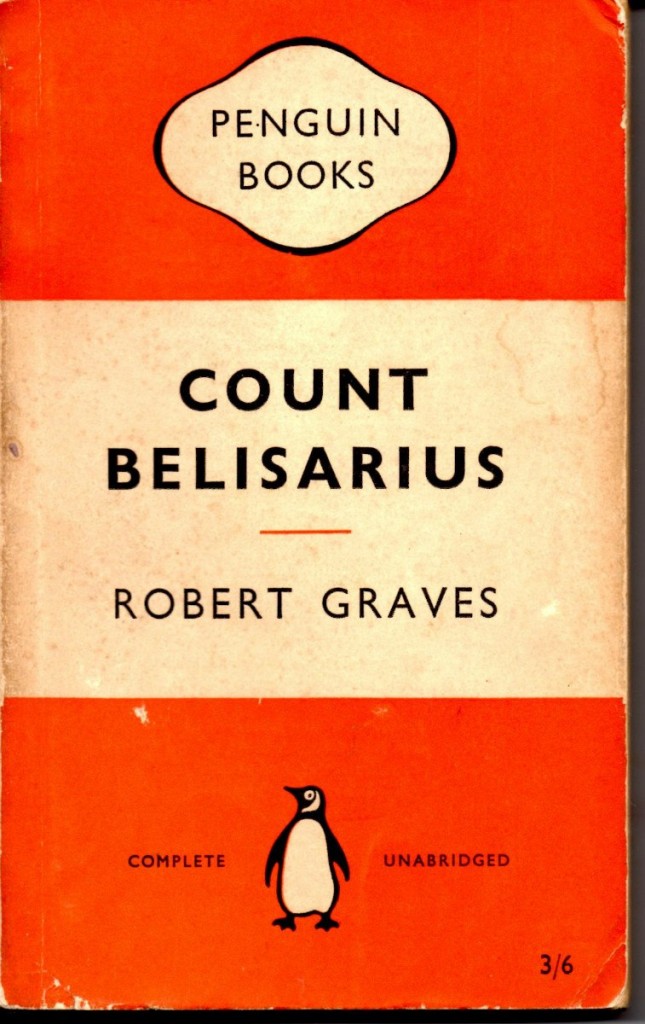
Iain Pears (1955-), The Dream of Scipio, London: Jonathan Cape (Vintage), 2002. The figure of Manlius Hippomanes is partly based on Sidonius.
See Willy Evenepoel, ‘Sidonius Apollinaris en Synesius van Cyrene in de roman The Dream of Scipio’, Lampas 43 (2010) 269-83.
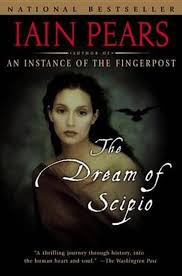
John Henry Clay (1980-), At the Ruin of the World, London: Hodder & Stoughton, 2015. Heavily based on Sidonius, covering events from Vicus Helena in 448 down to Avitus’ defeat, with Ecdicius as the lead character.
Sidonius in Darwin’s Beagle Library
After extensive research, the original contents of Charles Darwin’s Library have recently been uncovered. It contained many more than the 1,480 books that have long been known about. Darwin’s complete Library had more than 7,350 titles across 13,000 volumes/items, on a wide variety of topics.
Are there any authors from classical antiquity? In his notebooks, Darwin lists Virgil’s Georgics as ‘read’ and he flags Lucretius 5.847-75 for ‘natural selection according to Lucretius’. In The Origin of Species he cites Pliny for the ‘immense prices … given for pigeons’. So, not much and certainly not Sidonius. Indirectly, though, there is something,
Among the 300 books that accompanied him on the voyage on the Beagle, there are three worth mentioning for references:
1. J.R. Forster, Observations Made During a Voyage Round the World (London, 1778), p. 589 adduces the Panegyric of Avitus for the habit of the Huns who ‘wounded their cheeks … to testify their grief for the loss of a great man or a relation’.
2. C. Daubeny, A Description of Active and Extinct Volcanos (London, 1826), p. 14-15 [about the volcanoes in the Auvergne]:
The high antiquity of the most modern of these volcanos is indeed sufficiently obvious. Had any of them been in a state of activity in the age of Julius Cæsar, that general, who encamped upon the plains of Auvergne, and laid siege to its principal city [fn.: Gergovia, near Clermont], could hardly have failed to notice them. Had there been even any record of their existence in the time of Pliny or Sidonius Apollinaris, the one would scarcely have omitted to make mention of it in his Natural History, nor the other to introduce some allusion to it among his descriptions of this his native province.
The case is even stronger, when we recollect that the poet’s residence was on the borders of the Lake Aidat, which, owed its very existence to one of the most modern volcanos; and that he was aware of the nature of such phænomena, appears from a letter extant of his addressed to the Bishop of Vienne [fn.: See Sidon. Apoll. Lib. 7. Epist. 1. ad Mamertum], in which, under the apprehension of an attack from the Goths, he informs him that he is going to enjoin public prayers, similar to those which the bishop had established, at the time when earthquakes demolished the walls of Vienne, when the mountains opened and vomited forth torrents of inflamed materials, and the wild beasts, driven from the woods by fire and terror, retired into the towns, where they made great ravages.
3. C. Lyell, Principles of Geology (London, 1833), p. 269:
Dr. Daubeny has justly observed, that had any of these French volcanos been in a state of activity in the age of Julius Cæsar, that general, who encamped upon the plains of Auvergne, and laid siege to its principal city, (Gergovia, near Clermont,) could hardly have failed to notice them. Had there been even any record of their existence in the time of Pliny or Sidonius Apollinaris, the one would scarcely have omitted to make mention of it in his Natural History, nor the other to introduce some allusion to it among the descriptions of this his native province. This poet’s residence was on the borders of the Lake Aidat, which owed its very existence to the damming up of a river by one of the most modern lava currents.
We may conclude that it is not unlikely that Darwin knew the locus classicus of the natural disasters in Vienne at the time of Mamertus and Sidonius, and their not being ascribable to volcanic activity in the Auvergne, from the famous, pioneering study of Charles Daubeny, an early supporter of natural selection with whom he later corresponded.
Further Traces
Sidonius Bequeathed to Durham Cathedral. Contemporary list of the books donated by William of St Calais, bishop of Durham (d. 1096): at two thirds: ‘Sidonius Sollius panigericus’.
Posted on Twitter by @red_loeb, 5 Feb. 2023, signalled by Gavin Kelly [screenshot]
Isaac Disraeli (1766-1848), Curiosities of literature: Consisting of anecdotes, characters, sketches, and observations, literary, critical, and historical, London 1791:
THE ANCIENTS AND MODERNS
Frequent and violent disputes have arisen on the subject of the preference which is to be given to the Ancients, or the Moderns. With the Battle of Books, by Swift, the reader is well acquainted. The controversy of Perrault and Boileau makes a considerable figure in French Literature; yet, surely, it had been better if these acrid controversies had never disgraced the Republic of Letters. The advice of Sidonius Appollinaris is excellent: he says, that we should read the Ancients with respect, and the Moderns without envy.
As a motto for his satyrical letter to Lord Grenville by Talleyrand (published in the Morning Post for 10 January 1800), Samuel Taylor Coleridge (1772-1834) chose Carm. 35.20-21 (in Ep. 8.11.3):
Saxa et robora, corneasque fibras
Mollit dulciloqua canorus arte!
(’By the tuneful utterance of his sweet-voiced art he charms rocks and oaks and hearts of horn’; transl. Anderson.)
Source: William Keach (ed.), Samuel Taylor Coleridge: The Complete Poems, London: Penguin Group, 1997.
It would be worth tracing copies of Sidonius in ancient libraries. John Hannett (pseudonym: John Andrews Arnett), An Inquiry into the Nature and Form of the Books of the Ancients with a History of the Art of Bookbinding, London, 1837, 92, signals a beautifully bound Sidonius in Earl Spenser’s collection, ‘printed at Basil in 1542’.
Look here
Bertrand Russell (1872-1970) was interested in Sidonius:
One of the men whose life has always interested me was Apollinarius [sic] Sidonius. Apollinarius Sidonius was a Frenchman at the time of the Barbarian Invasion. A very cultivated gentleman, somewhat in the Bloomsbury style, he devoted himself to writing poems which you can read backwards and forwards equally well — a line would begin with ‘amor‘ and end with ‘roma‘ — and it was a skill that was much admired among the Bloomsburyites of that period, to write poems that you could read backwards or forwards equally. Well, he devoted himself to this pursuit very successfully and very happily, but then the barbarians came and this rather interfered. It did not interfere exactly in the way that one would think from reading about the Barbarian Invasion. It interfered in a different way. He writes to a friend and says: ‘It’s such a bore, I have to dine with Germans tonight and they have such bad table-manners.’ And this is what the Barbarian Invasion was in real life. However, in the end their table-manners so shocked him that he became a very earnest Christian, a bishop, and died fighting the Germans in the great cause of culture in order that the pursuit of poems to be read backwards and forwards might continue throughout future ages.
That is from ‘Reading History as It Is Never Written’ in The Collected Stories of Bertrand Russell, ed. Barry Feinberg, London: George Allen & Unwin, 1972, 290-301 (292-93). It is transcribed from a tape recording made by Russell in 1959, so he should not perhaps be blamed for mangling Sidonius’ name. Perhaps even more interesting is a letter Russell wrote to his brother Frank from Brixton Prison on 3 June 1918 (where he had been imprisoned for publicly lecturing against inviting the US to enter the war):
I am quite happy and my mind is quite active. I enjoy the sense that the time is fruitful – after giving out all these last years, reading almost nothing and writing very little and having no opportunity for anything civilised, it is a real delight to get back to a civilised existence. But oh I shall be glad when it is over! I have given up the bad habit of imagining the war may be over some day. One must compare the time with that of the Barbarian invasion. I feel like Apolinaris [sic] Sidonius. The best one could be would be to be like St. Augustine. For the next 1,000 years people will look back to the time before 1914 as they did in the Dark Ages to the time before the Gauls sacked Rome. Queer animal, Man!
That is quoted in Bertrand Russell, Autobiography, introduced by Michael Foot, London: Routledge, 1998, 316.
This item has been contributed by Dr Paul Barnaby.

